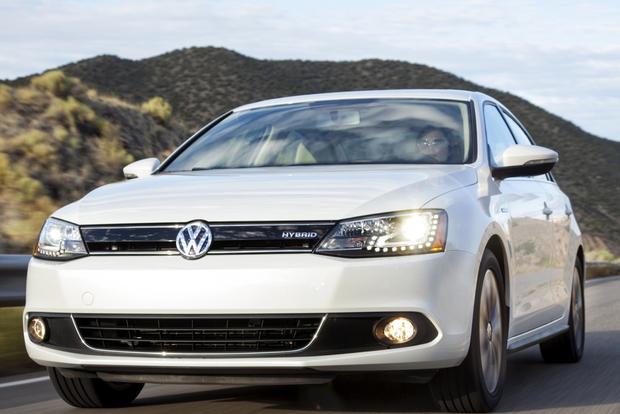Jaguar is no stranger to designing innovative and powerful concept cars. Many of these prototypes go on to become production vehicles. One model that got everyone talking was the Jaguar C-X75.
It first got unveiled back at the 2010 Paris Motor Show. Jaguar says the car started life as a design concept and reached the prototype stage in just two years. That is quite impressive given the styling of the car. And also the unique way this hybrid monster works!
The Jaguar C-X75 is a sports car that we’d all love to own some day. But the sad news is that the project got shelved. The reason? Jaguar Land Rover stated few people would buy it at this moment in time “as a result of the global economic climate.”

I suspect the price of the car had something to do with Jaguar’s decision to pull the plug on the C-X75 supercar project. Would you pay between £800k to £1 million for a hybrid supercar during today’s austere times? Nope, me neither!
Sadly that means you aren’t likely to see the C-X75 as one of the H.A. Fox Jaguars on display at their showroom. Still, that doesn’t you and I from wanting to get behind the wheel of one some day (after winning the lottery, of course)!
So, what is it that makes this unique car a serious contender for supercars like the Porsche 918 Spyder? And various Ferraris and Lamborghinis?
The Jaguar C-X75: an eco-friendly supercar?
The four-wheel drive Jaguar C-X75 supercar is quite a unique hybrid vehicle. It boasts a ridiculous 850 brake horsepower and 1,000 Nm of torque! But what is it that produces such a monstrous amount of power?
According to Jaguar, the car uses four electric motors – one to power each of the four wheels. The batteries these electric motors are all connected to get charged from two micro gas turbine engines. Yes, that’s right: gas turbine!
Bladon Jets in Worcestershire built the turbines. On an all-electric range, the car can only do 70 miles. The Jaguar C-X75 boasts a combined range of 560 miles. In fuel economy terms, that equates to just under 30 miles per gallon.
The Jaguar C-X75 also has a Formula One race-inspired 1.6-litre twin-charged diesel engine. This four-cylinder engine alone produces 502 brake horsepower. The rest of the power gets generated by the electric motors.
Because the car only weighs 1,350 kilograms, it can reach 60 miles per hour from a standing start in just over three seconds.
It’s also an eco-friendly supercar. With carbon emissions of just 89 grams per kilometre, it would be exempt from car tax in the UK. Now if that’s not a reason to convince your spouse that you want to buy a supercar, I don’t know what is!
Setting out blueprints for future supercars
At the time, Adrian Hallmark, Jaguar’s Global Brand Director, had this to say:
“[The Jaguar C-X75] represents the pinnacle of Jaguar’s engineering and design expertise.”
He also went on to say how it’s likely the car will be used as the basis for future Jaguar supercar projects.





